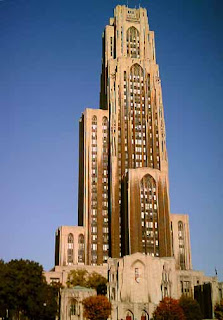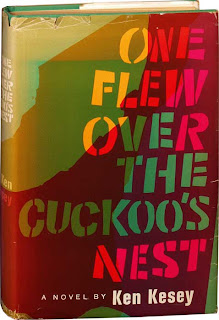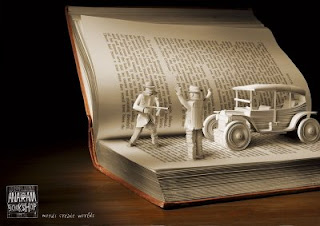
Salon talks with horror writer Peter Straub (who co-wrote with Stephen King one of my favorite books, The Talisman) about the writing of horror.
Have a little kid of your own you want to spook tonight? Here are some stories!
Want a Halloween snack while reading those spooky stories? All Recipes has your back.
Finally, my favorite creepy story is this one, by Edgar Allan Poe, first published in 1845.


















































